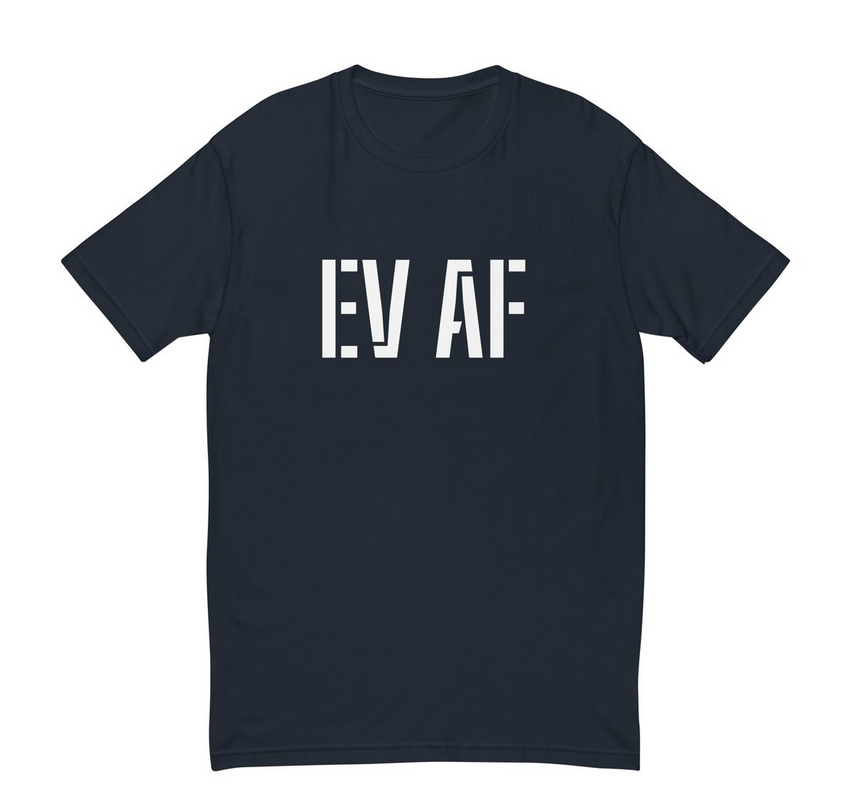Being Green vs. Saving Green – The Disconnect in EV Charging
By Edward A. Sanchez — Sept. 23, 2022
This week, researchers from Stanford University released a study in which the authors sound the potential alarm that continued “off-peak” (predominantly nighttime) charging could stress the grid as more drivers purchase EVs. The study projects that when EVs represent 30-40% of vehicles on the road, and assuming that most of the charging is done overnight, when renewable energy generation (specifically solar) is offline, that it would require massive expansion of generation capacity, and potentially higher greenhouse gas emissions, on the premise that most nighttime power generation comes from fossil fuels (predominantly natural gas).
This poignantly addresses a criticism that skeptics (or rationalists, depending on your perspective) of EVs have brought up for a while: “If you’re charging your car at night, you’re effectively burning fossil fuels.” We can get into the minutiae about overall efficiency, centralization of emissions at a single, or a smaller number of points than thousands of individual tailpipes, etc – but fundamentally, they are absolutely correct.
I am personally guilty of this. I program my car to charge during off-peak hours, typically between 11 p.m. and 6 a.m. My incentive for this is two-fold, as it’s when the least expensive power rates are for me, and it’s kind of “set it and forget it” for plugging my car in after running errands, and I’m “in for the night.”
The authors of the Stanford study encourage greater workplace charging during the day rather than overnight charging. But in this post-COVID society and economy we now find ourselves in, for many, “workplace” is synonymous with “home.” While many companies are encouraging employees to return to physical office workplaces, many are remaining work-from-home, only occasionally going in to a central office, if ever.
According to a recent Stanford study, there is a disconnect between prime hours for alternative power generation and “off-peak” incentives power companies offer their customers.
To me, it seems U.S. electric utilities (or regional utilities globally, for that matter) need to decide on a common regional communications protocol, either over PLC (powerline communication), Wi-Fi, 4G/5G, as well as EVSE (“charger”) manufacturers and automotive OEMs, so that the EVSEs and vehicles themselves can communicate in real-time with the utilities to dynamically manage demand. Artificial intelligence and machine learning could also be applied in this scenario to monitor and log historical use patterns of the vehicles, and automatically determine charge initiation based on predominant patterns.
I am not under any illusions that the comprehensive implementation of such a solution would be simple or cheap. But if EVs are going to be a substantial (and ultimately the majority) of vehicles on the road, it may be a necessary step. To assume or demand that all residences or businesses will have a stationary battery pack, such as the Tesla PowerWall or Generac PWRcell, is irrational and impractical. Never mind the fact that these systems are almost always a smaller kWh capacity than most EV batteries, meaning any stored power would be quickly sucked up by the vehicle.
Like it or not, centralized power utilities will be with us for the foreseeable future, and will need to be critical partners and leaders in the initiative to intelligently manage and balance power generation with demand, which will only increase in importance as more EVs hit the road and plug in, whether at home or at work.
(Main image courtesy Edward A. Sanchez)
- Store - Podcast - Facebook - Google News - Twitter -









